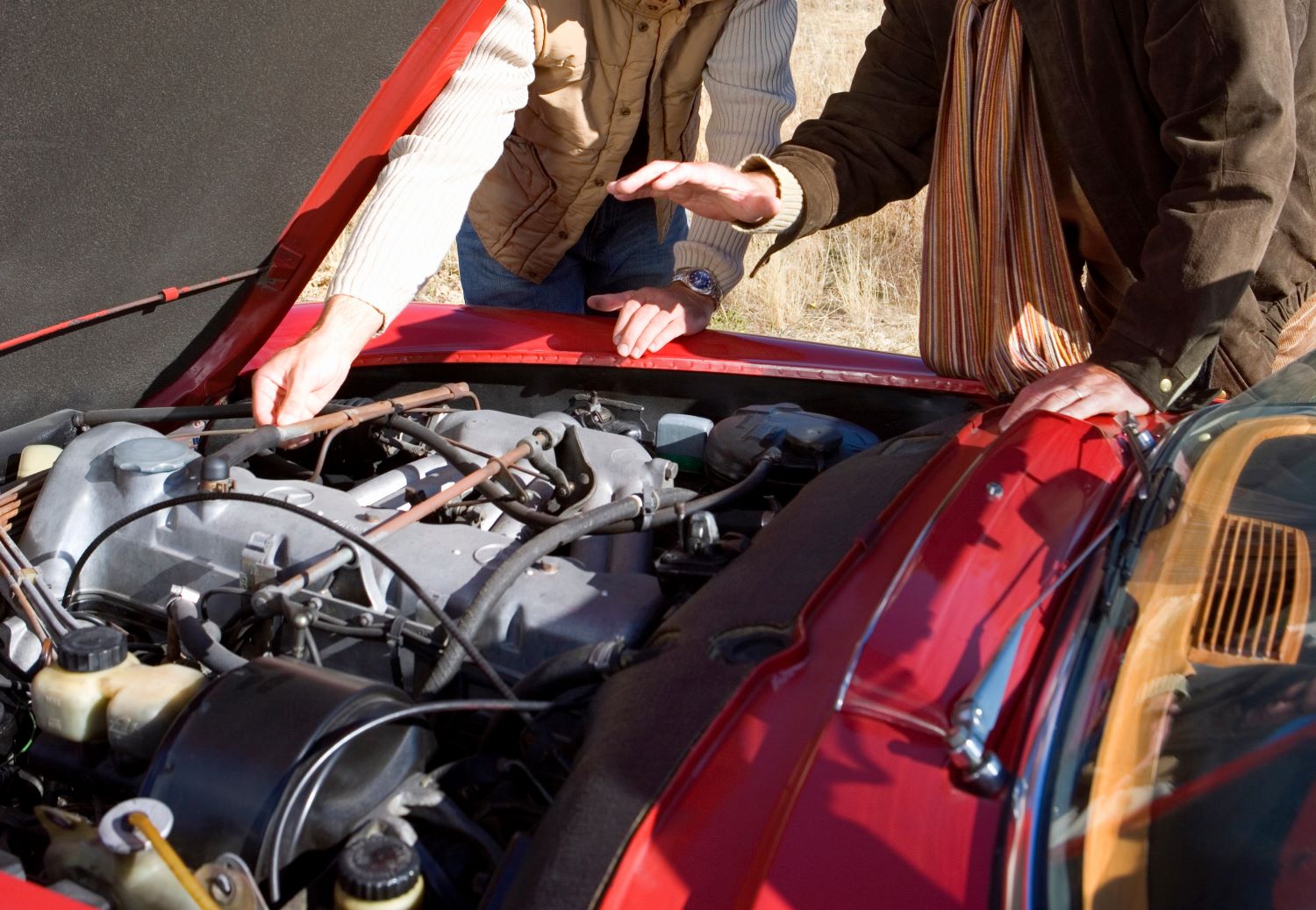The first step in preventing vapor lock is to rout fuel lines away from exhaust parts, heater hoses, etc. This can happen when the fuel lines are exposed to high temperatures, such as those found in the engine compartment or. Run rough, experience rough idle, lack power, hesitate on acceleration, surge, Vapor lock is caused when your car’s fuel gets too hot and vaporizes. It might not be as common as in the old days but non the less it can and does occur.
When it happens, it disrupts the correct air to fuel ratio and prevents fuel from reaching the specific fuel lines, resulting in engine stops. Web from the research i've done, vapor lock normally doesn't happen on an efi engine; One of the primary symptoms of fuel vapor lock is the engine stalling or cutting out unexpectedly. 86k views 2 years ago. Fuel vapor and engine ignition issues can cause significant problems in the performance and efficiency of an engine.
Web vapor lock is usually caused by overheating, so the solution is to lower the temperature of the fuel system**. Lets take a look at how it happens. Run rough, experience rough idle, lack power, hesitate on acceleration, surge, Web fuel system vapor lock occurs when the fuel in the lines and fuel pump begins to vaporize due to excessive heat. Web vapor lock happens when fuel overheats and turns to vapor in a fuel injector, fuel line, or carburetor.
The heat from the engine cylinders and crankcase makes its way up to the fuel injector lines. Web from the research i've done, vapor lock normally doesn't happen on an efi engine; Vapor lock can cause a variety of problems that make a vehicle difficult to start and drive. The biggest difference is that vapor. 86k views 2 years ago.
When it happens, it disrupts the correct air to fuel ratio and prevents fuel from reaching the specific fuel lines, resulting in engine stops. This is because the heat from the engine cylinders and crankcase radiates outwards and up toward the fuel injector lines. There are several symptoms that may point to vapor lock. This problem is most commonly associated with carbureted engines.
The Biggest Difference Is That Vapor.
Apr 9, 2021 at 14:36. Explore a comprehensive guide offering valuable insights on causes, signs, and effective prevention tips. It might not be as common as in the old days but non the less it can and does occur. When fuel vaporizes too quickly or unevenly, it can lead to incomplete combustion, resulting in reduced power output and increased emissions.
Lets Take A Look At How It Happens.
Apr 9, 2021 at 14:18. Web it is a condition that arises when the fuel in the fuel lines or carburetor turns into vapor, causing the engine to stall or not start at all. The pump runs cool because it is in the fuel and the system remains pressurized, ensuring there is less likelihood of a vapor lock. Web may 4, 2023 by lambda geeks.
One Of The Primary Symptoms Of Fuel Vapor Lock Is The Engine Stalling Or Cutting Out Unexpectedly.
Web if you have fuel injection ( electric fuel pump ) , you do not have vapor lock. There are several symptoms that may point to vapor lock. What causes vapor lock in fuel injection systems? When your engine is warm, it may.
Vapor Lock Can Cause A Variety Of Problems That Make A Vehicle Difficult To Start And Drive.
This can happen when the fuel lines are exposed to high temperatures, such as those found in the engine compartment or. Web august 9, 2022 by lambda geeks. The presssure side of the fuel pump is not supposed to be as vulnerable to heat as the suction side, and on these that is well away from engine heat. E85, ethanol, and methanol also reduce the risk of vapor lock.
What causes vapor lock in fuel injection systems? Fuel system vapor lock occurs when the fuel in a vehicle‘s fuel system vaporizes before it reaches the engine. There are several symptoms that may point to vapor lock. This is because the heat from the engine cylinders and crankcase radiates outwards and up toward the fuel injector lines. Web it is a condition that arises when the fuel in the fuel lines or carburetor turns into vapor, causing the engine to stall or not start at all.









Ads